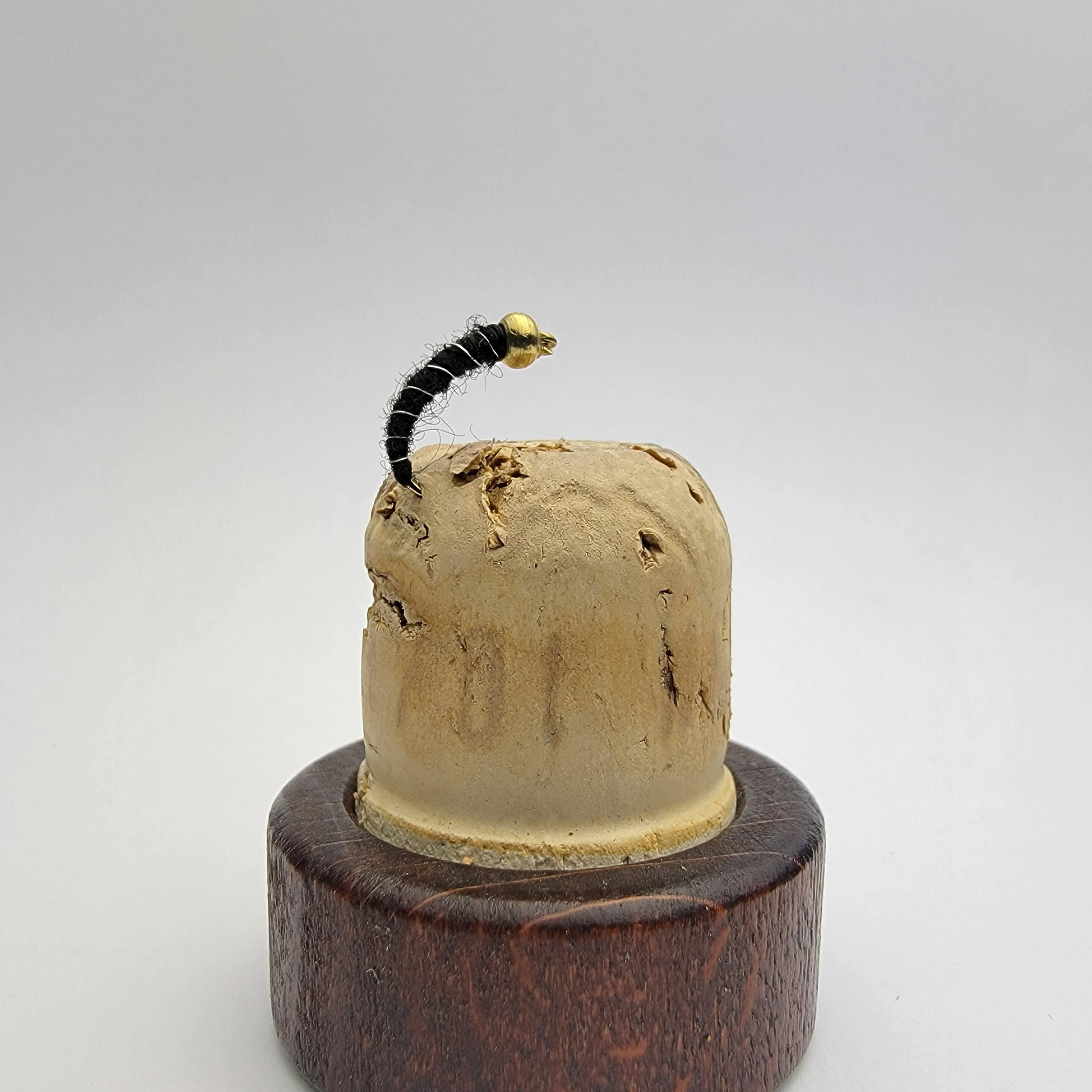Catch and Release: The Story We Tell Ourselves
Catch and release became the defining badge of “ethical” fishing somewhere between the 1980s and Instagram. The logic is clean: keep fewer fish, protect the population, fish another day.
But data and some uncomfortable field truths suggest it’s not as tidy as we like to think.
Mortality Is a Constant
Even with careful handling, some fish don’t survive. That’s not opinion, it’s the data.
A review of 274 studies found an average post-release mortality rate of 11% to 18% (Bartholomew & Bohnsack, 2005). Mortality rises fast with warm water, deep hooking, and long fights. Above 68°F, recovery rates fall sharply. Add more than 20 seconds of air exposure, and survival odds start dropping by 5–10% for every 10 seconds.
So yes, releasing fish matters. But it’s not a free pass. It’s math, not morality.
By the Numbers:
- A meta-review of 274 studies found an average post-release mortality of 1–18% (Bartholomew & Bohnsack, 2005).
- Above 68°F (20°C), mortality rises sharply as dissolved oxygen plummets.
- Air exposure over 20 seconds increases death odds by 5–10% per 10 seconds (Cooke & Suski, 2005).
- Recovery tanks show trout can take 4–6 hours to stabilize after exhaustive fights (Ferguson & Tufts, 1992).
"Mortality rates of released fish vary extensively (between zero and near 100%) and are influenced by a number of factors including environmental conditions, fishing gear, angler behavior, and species-specific characteristics".
, Dr. Steven Cooke, Carleton University Fisheries Research Lab
Quick Take:
If you’re fishing warm water in late July, the best conservation move might be not fishing at all.
A Management Tool, Not a Virtue Signal
Catch-and-release was designed for biology, not belief. It’s one tool in a fisheries manager’s kit, sometimes essential, sometimes irrelevant.
Reality Check:
- Tailwaters and wild streams need C&R to preserve genetics and handle pressure.
- Stocked put-and-take fisheries exist for harvest.
- High-elevation lakes often grow healthier trout when anglers remove a few to reduce density.
Quick Take:
Releasing everything doesn’t make you ethical. Using the right strategy for the right system does.
The Air-Time Problem
The biggest threat to catch and release might not be temperature or tackle; it’s us.
Studies show that trout spend 22–42 seconds out of water during the average “hero shot” (Lennox et al., 2017). That’s twice the safe threshold for recovery. The fish doesn’t care how good your photo looks; oxygen debt starts in seconds.
“You can hold your breath longer than that trout can.”
, Rise Beyond Community Angler, anonymous survey response
Quick Take:
Shoot fast. Keep it wet. Put the fish first, not the feed.
When Killing Fish Saves Them
Colorado Parks and Wildlife doesn’t hesitate to kill fish when protecting a system is at stake.
Brook trout are removed from cutthroat streams. Entire drainages are reclaimed and restocked with natives. The YY “Trojan-male” program releases sterile fish to end invasive lineages.
Examples in Action:
- Herman Gulch, brook trout removal to restore native greenbacks.
- Bear Creek, targeted rotenone treatment and restocking.
- South Boulder Creek, hybrid removal to protect pure strains.
Quick Take:
Conservation isn’t about sentiment; it’s about outcome.
The Conversation That Matters
Catch and release still works. It just doesn’t absolve.
The best anglers aren’t the ones shouting ethics; they’re the ones who know when to adapt.
Remember:
- Every release has risk.
- Some rivers need harvest.
- A photo lasts longer than a fish can breathe.
- Good conservation is situational, not spiritual.
“The fish doesn’t know your intentions, only your impact.”
, Rise Beyond Field Notes, 2025
.png?width=300&height=100&name=Copy%20of%20Rise%20Beyond%20Logo%2012.31.24%20(300%20x%20100%20px).png)
.png)


.png)
-1.png)
